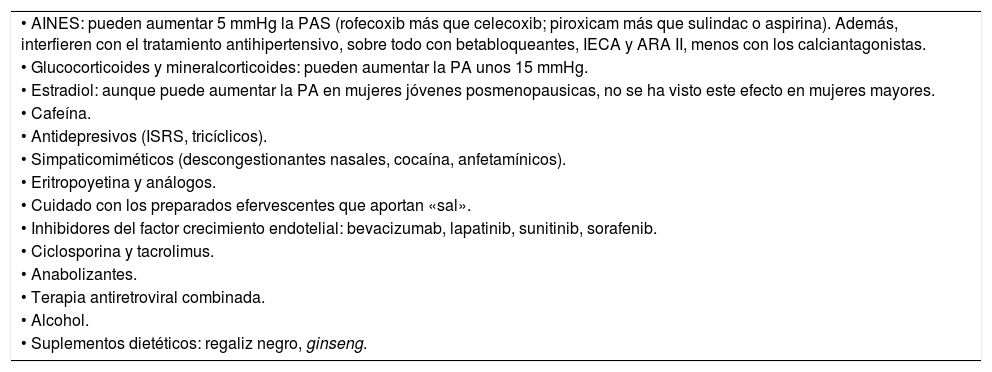Más de dos terceras partes de los mayores de 65 años son hipertensos. Junto a la elevada prevalencia, la hipertensión se acompaña de comorbilidad que condiciona una población heterogénea en relación con la autonomía y capacidad funcional. En esta edad, la hipertensión tiene unas características que hacen difícil su manejo, destacando la elevada prevalencia de la hipertensión sistólica aislada por la rigidez vascular típica del envejecimiento. Aunque la toma de decisiones se basa en la medida clínica de la presión, se sabe que en los ancianos la presión está sujeta a numerosas influencias tanto temporales (ausencia de descenso nocturno), como del entorno (exacerbación del fenómeno de bata blanca) y de la posición (hipotensión ortostática). Estas circunstancias hay que tenerlas en cuenta a la hora del manejo. En esta edad, hay suficiente evidencia de que el tratamiento reduce tanto la morbimortalidad cardiovascular como la mortalidad por todas las causas.
More than two thirds of people over 65 are hypertensive. Along with the high prevalence, hypertension is associated by comorbidities that originates a heterogeneous elderly population in relation to their autonomy and functional capacity. At this age, hypertension has special characteristics that make its management difficult, highlighting by isolated systolic hypertension due to the vascular stiffness typical of aging. Although decision-making is based on the clinical measurement of blood pressure, it is known that in the elderly pressure is subject to numerous influences: temporal (absence of night dipping), of the environment (exacerbation of the white coat phenomenon) and of the position (orthostatic hypotension). These circumstances must be taken into account when evaluating and deciding on therapy. At this age, there is sufficient evidence that treatment reduces both cardiovascular morbimortality and all-cause mortality.







